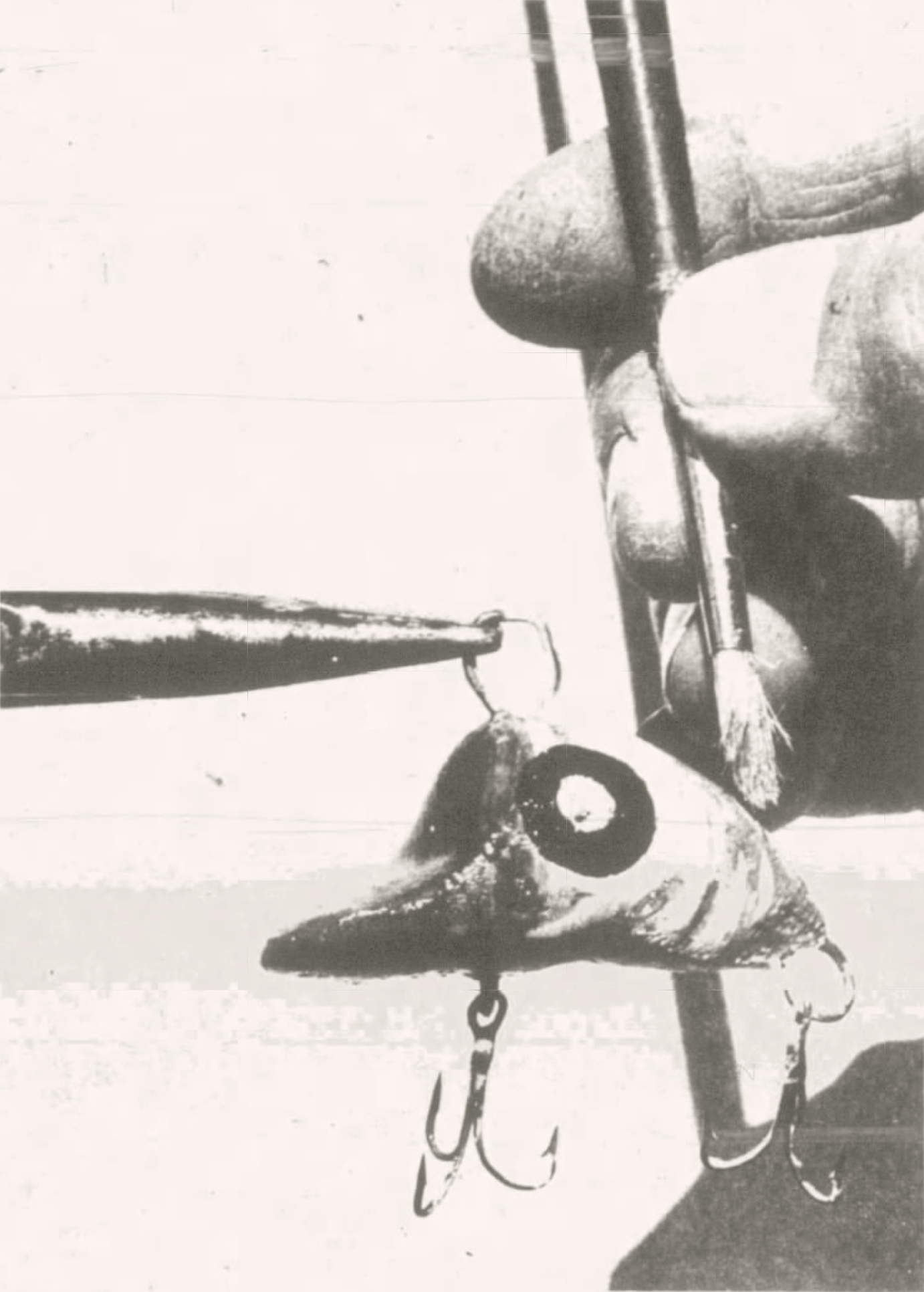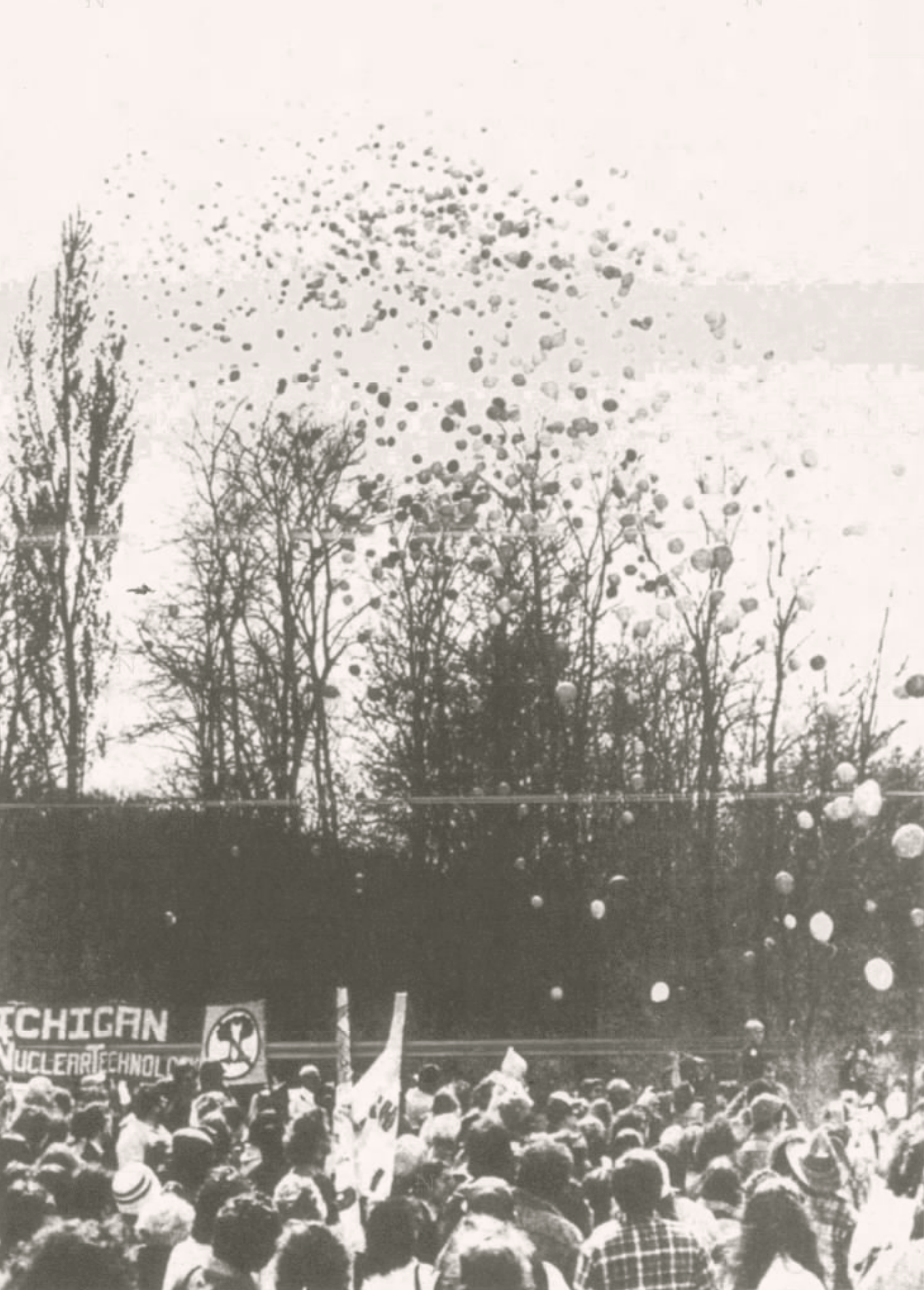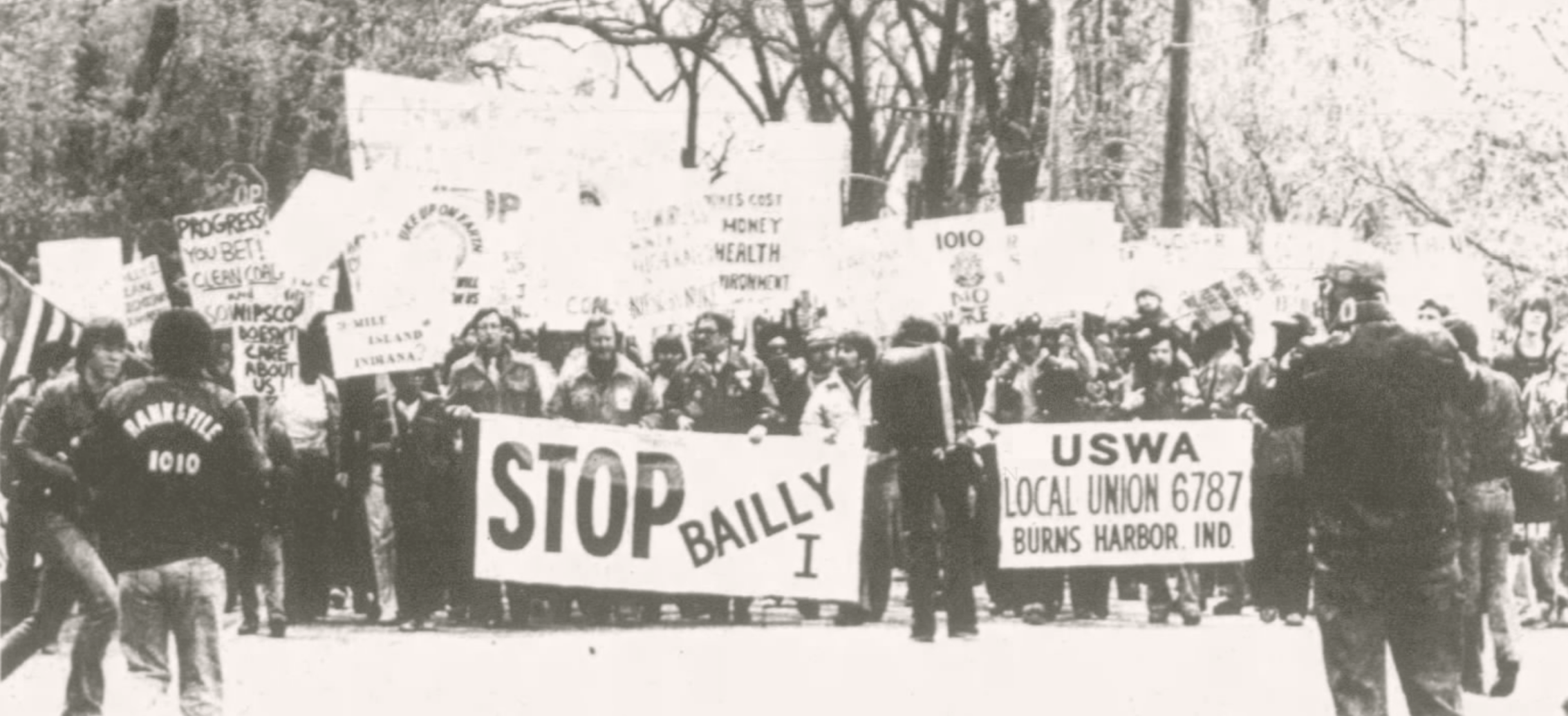Originally published in The Vidette-Messenger of Porter County on May 4, 1946.
DRASTIC DIMOUT HITS CITY LIFE
Local Industry, Business, Civic Affairs Curtailed Sharply By Electric Ban
Plant Managements Struggle To Revise Work Schedules; Merchants Restricted To Short Hours; Entertainments Affected
Seriousness of the current dispute between coal mine operators and the United Mine Workers was brought home to Valparaiso and environs today with a jolting impact.
Acting on orders from the state public service commission, the Northern Indiana Public Service company late Friday distributed to local merchants and industries are effective immediately and will continue until a perilously low stockpile of coal is replenished with “normal deliveries” from the mines.
Under the order, business and manufacturing in Valparaiso comes under drastic curtailment. Local industry is ordered to use electric power no more than a total of 24 hours during any period between Monday and Friday of each week. No use of power permitted Saturdays and Sundays.
Plants Hard Hit
This meant that local plants, dependent upon electric power, now operating in some instances on a three-shift basis, will be forced to reduce schedules to one three-shift day, three days of eight hour shifts, six days of four-hour shifts, or a similar arrangement.
Management in Valparaiso industries was reported this morning to be struggling with the problem of compliance with the order which will mean layoffs for hundreds of workmen or severely reduced work weeks.
Realizing the extent of the emergency presented, NIPSCO officials were allowing a “grace” period for the readjustment, but full compliance was expected by early next week.
Commercial users, which includes virtually every merchant in town, are limited to 24 houses weekly, from Monday to Saturday and such use must be between 2:00 and 6:00 p.m. of said days. Stores dealing with food are exempted, but must use only minimum requirements of electric power.
Activity Curtailed
The order was expected to prove a staggering blow to industrial output here and to seriously curtail retail activities.
Complete elimination of power was ordered for such uses as decorative or ornamental and flood lighting, sign lighting, window and showcase lighting. Interior lighting in excess of minimum requirements was forbidden.
This meant that Valparaiso is to experience a brownout comparable to that already in effect throughout Illinois, although street lighting will be maintained as a safety measure.
The decree touches everyone in varying degrees. Every consumer of electric power, private, commercial, and public, is expected to comply with provisions of the order.
Confusion Widespread
Even those classes of consumers exempted from the more rigid provisions of the order are expected to use a minimum of current necessary to carry out their services.
The order created widespread confusion among businessmen and local groups planning evening entertainments. Under terms of the brownout, no night activities of schools, lodges, civic groups and similar organizations may be carried out if the use of electric current is necessary. If other means of lighting can be found, such programs may be carried out.
A number of services were declared exempt by the public service commission. The list of such individuals, businesses and institutions may be found in the question and answer column which appears in today’s Vidette-Messenger. In brief, the order exempts “essential” services which contribute to public health, safety and protection.
A report issued Friday that NIPSCO had the smallest supply of coal on hand of any utility in Indiana was denied by Sam Busby, secretary of the PSC. According to Busby, there are other utilities servicing central and southern parts of the state which are “worse off” than NIPSCO, whose Michigan City generating plant reportedly has sufficient coal to last it until June 7.
Both Bushy and officials of NIPSCO emphasized that “The PSC is not literally ‘closing’ anything. It has merely prescribed during which hours electricity may be used.”
Text of Order
The essential text of the PSC order read as follows:
“Northern Indiana Public Service company is hereby authorized and directed, during the effective period of the coal strike which began April 1, 1946, and for such further period as may elapse until normal deliveries of coal are resumed to curtail the use of electricity:
“(a) For all such purposes as decorative or ornamental and flood lighting, sign lighting, window and showcase lighting, comfort air conditioning, car heating, and interior lighting in excess of minimum requirements;
“(b) For industrial use except for an aggregate of 24 hours during the period Monday to Friday, inclusive; or to a use each week not to exceed 1/30th of the kilowat hours used in April, 1946, monthly billing interval; and
“(c) For commercial use except for an aggregate of 24 hours during the period Monday to Saturday, inclusive such use to be between 2 and 6 p.m. of said days.”
The order stated that NIPSCO would be empowered to “exempt from such curtailment the supply of electricity for transportation, communication, and for purposes and establishments immediately essential to public health and safety and for the protection of life and property.”
Furter, the PSC authorized the utility to enforce its decree to the extent, if necessary, of cutting to any person or firm which violates its provisions.
Anticipating a flood of questions from consumers uncertain as to exactly how they should proceed toward compliance, Walter H. Hathaway, manager of the Valparaiso NIPSCO district, said:
“Where there are borderline cases, and special questions arise, a good rule to follow is to find the answers to this question: Is the (consumption) actually necessary from the standpoint of public health and safety? The answer to that question, in 9 cases out of 10, will serve as a reliable guide.”
Public Co-operating
“The response and public cooperation in carrying out this exceedingly fine,” Hathaway said today. “We realize that it will take a time for all of our customers to thoroughly understand how this dimout affects each one of them, and arrange their schedules accordingly. From the response so far given, we do not anticipate that it will be necessary to shut off service to any of our customers because of non-compliance with the public service commission order.
“Although most of our efforts have been concentrated with industrial and commercial users, residential customers should realize that this order also applies to them in that they are expected to keep consumption at a minimum. The more complete the co-operation the longer NIPSCO will be able to furnish electricity with its rapidly dwindling coal supply.”
















